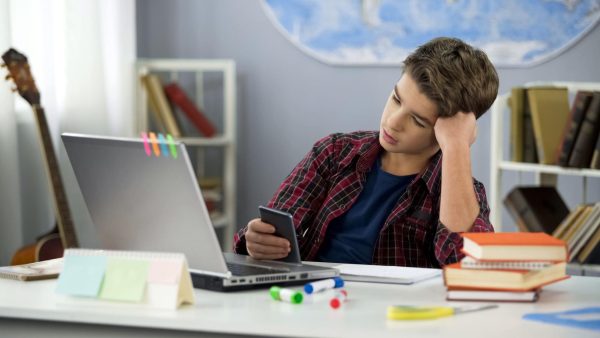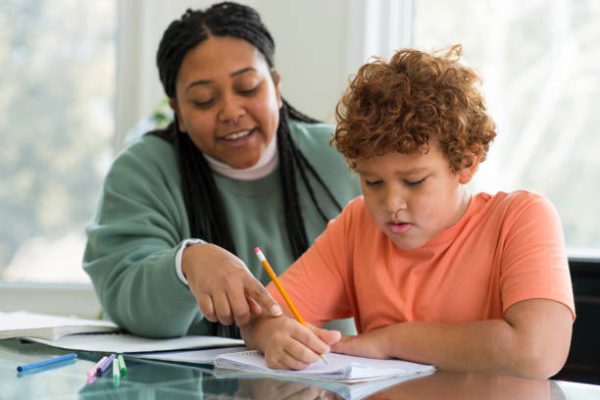Cons: The argument for technology in the classroom
Walk into a classroom at White Station, and you will most likely find a student using personal technology—be it a phone or laptop. Despite the obvious benefits, usage of personal technology in the classroom has many cons, including dependency, distraction and discipline.
After spending 20 minutes trying to start a 25-minute video, AP U.S. History and European History teacher Mike Stephenson found relying on technology wastes time.
“I have found myself, in the last couple of years actually, using less technology rather than more technology because I never know for sure if it’s going to work,” Stephenson said.
Contrary to popular belief, administrators like Carrye Holland are open to having cell phones in the hallways and cafeteria—just not during instructional time.
“For me, the challenge is finding a balance between not focusing on something that really could be a small thing,” Holland said, “but also not allowing students to just be on phones all day and waste time all day.”
Senior Victor Arroyo uses technology independently in his AP Research class, and, while he appreciates the efficiency, he also realizes any distractions to personal discipline can inhibit his learning.
“When I get distracted, or even when I’m just tired and I don’t feel like doing work, that’s when technology starts to hinder me,” Arroyo said.
Individuals using personal technology allow themselves and those around them to be distracted. One study published in the book Computers and Education found that students score worse on tests when sitting near people using technology compared to those who are farther away.
So, the next time you find yourself pulling out a laptop or a phone while in class, remember these drawbacks. Your academic success could be on the line.
Your donation will support the student journalists of White Station High School. Your contribution will allow us to purchase equipment and cover our annual website hosting costs.

































